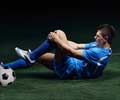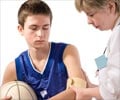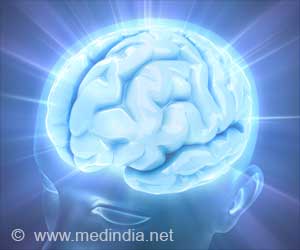Dr. Kannan Pugazhendi expert in sports medicine, an impatient and highly demanding field, offers candid information on sports injury and rehabilitation.

A. In all sports rehabilitation, initial step is to find out which part of the body is injured. Most injuries are muscle, bone or joint, ligaments and tendon related. Secondly the cause of the injury is analysed. It could be hit trauma or physical trauma which is called macro trauma. Or it could be a repetitive trauma which is termed as micro trauma or overuse injury. Finally the sport the person plays is vital, which includes the position the player plays, the level of competition he/she participates, the surface on which the person plays, the training time available and healing time to return to the competition. Individual training experience is when people who get injured, never seek medical assistance but wish to return to competition after allowing de-training for a period of time. The role of sports rehabilitation is to assess if the player can return to the sport without jeopardising the condition. As a sports physician, I must protect the athlete, still let him play and prevent any further injury.
Q. Apart from physical treatment, how does your intervention help sportspeople stay motivated?
A. Keeping players in their best condition is essential, so when a sportsperson is injured, apart from the wounded part, the rest of the body is fine. So a player’s rehabilitation involves a certain level of training to maintain cardiovascular endurance. Plus visualisation techniques by which the muscles that have to be brought into action are kept on demand by the nervous system. A player is able to visualise and make the same movement in his/her mind, ensuring that while they are recovering, their movement patterns are not lost. Maintaining performance accuracy is in the mind, not solely in the physical practice. Hence, apart from programming exercises for muscles and joints, a rehab specialist also designs programme for the brain and central nervous system. Apart from programmes a sports psychologist working with athletes is a must.
Q. How are the injuries during practice sessions different from the ones during an actual game?
A. Competition injuries need not be accident. They could be incidental, where a player could be hurt intentionally. Whereas during practice sessions, injuries could have been caused due to negligence, ignoring certain precautions such as failure to warm up, inadequate stretching leading to a back pain, sudden increase in training to catch up on lost time, in short, short cuts don’t yield positive results. In a competitive state when one knows that a player is returning after an injury, the knowledge alerts the opponent to stay keen on injuring the same part again to eliminate him from the competition. Hence a player has to be prepared for such details especially in highly competitive levels.
A. While exercising, every 10 to 15 minutes should correspond with an intake of 100 to 200 ml of fluid. In a hot humid environment, if not necessarily a sport drink, even water is sufficient to regress. If a person is continuously running or cycling for two hours, then would one require electrolytes. Your sweat will not dispose large amounts of salt. The needed quantity of water intake can be found by weighing yourself before the game or practice session and by weighing yourself after the session. The difference between the two indicates the amounts of fluid to be replaced. If you have lost 2 kgs on a regular basis, you will have to replace 2 litres. Half of fluid is replaced during the game, half before you start the next game. So you remain hydrated optimally.
On a final pitch Dr. Kannan Pugazhendi, passionately shared the challenges faced by Indian sportspeople concerning lack of accessibility and affordability of sports medicine. His sincere endeavours focus on putting the sprint back into sportspeople immaterial of their economic condition. Medindia wishes him continued success.
Source-Medindia















